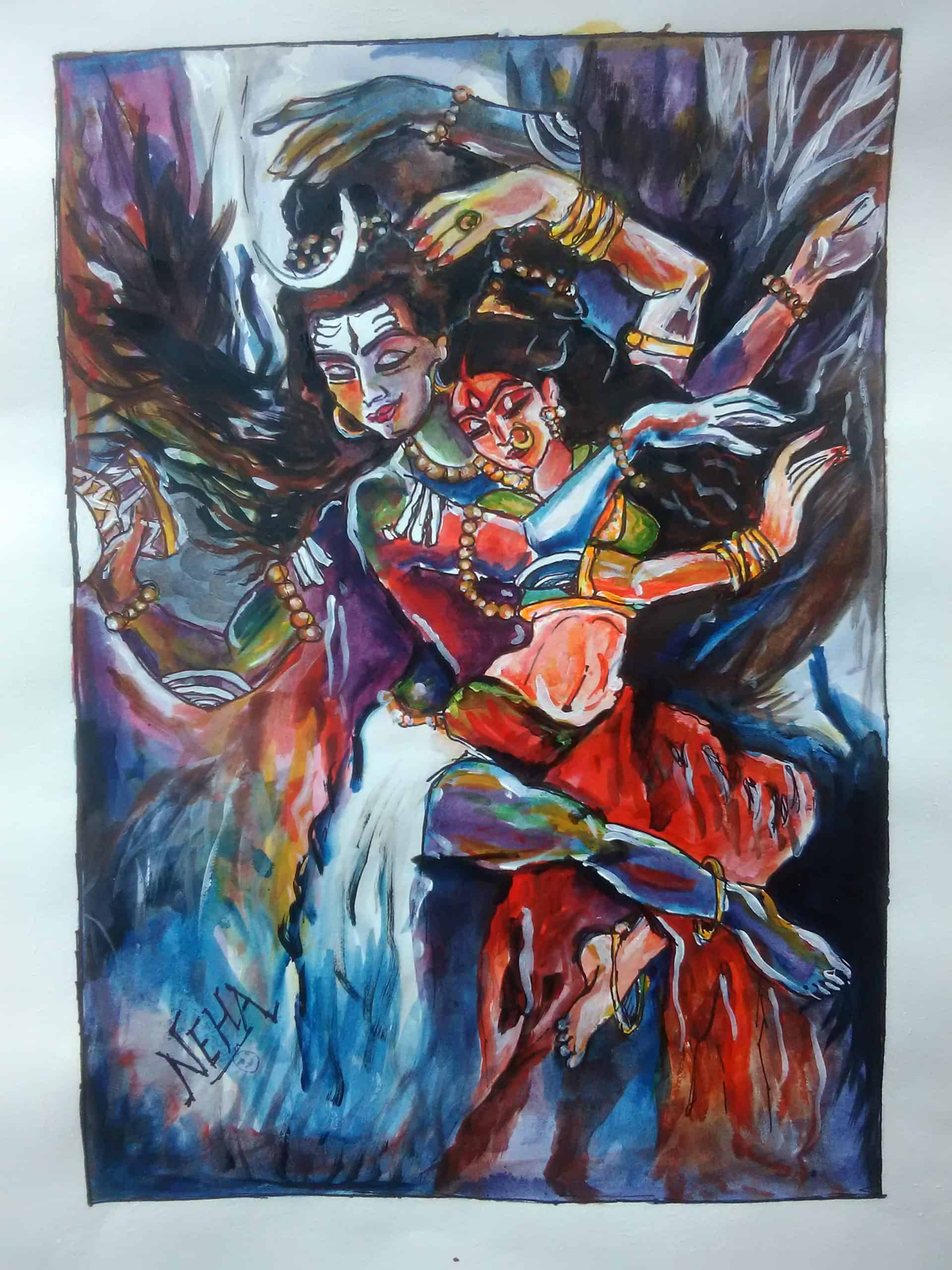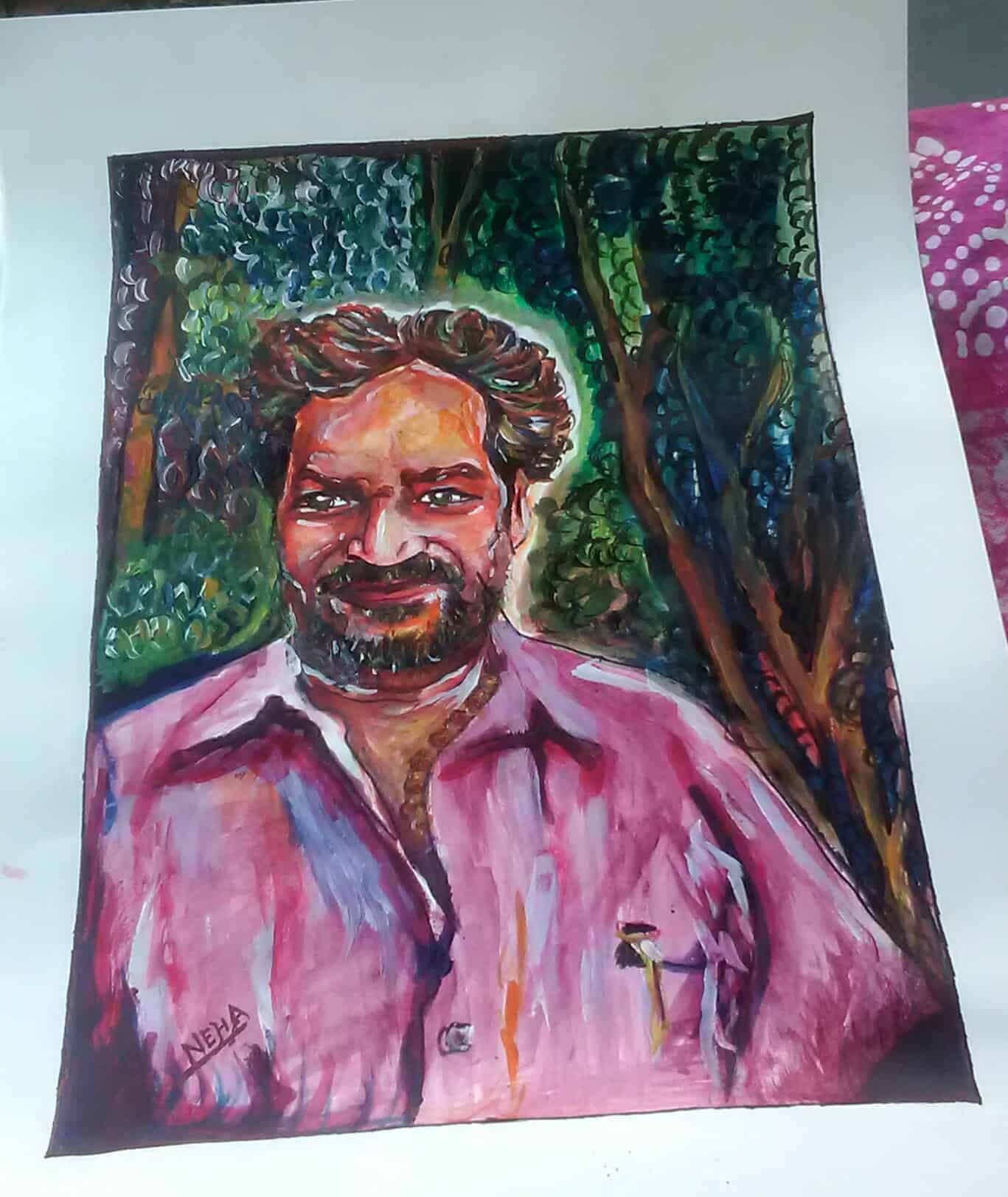- Home
- UPSC Mains
- Daily Free Initiatives
- Courses
- KPSC / KAS
- हिंदी
- Centres
- Contact Us
Hello Friends,
You must be aware of the term ‘catharsis’. It is the process of releasing and thereby providing relief from, strong or repressed emotions.
Recently we have launched a new initiative by the name Catharsis -Unlock Your Talent & Creativity!
Today’s work is PAINTING by NEHA LAXMAN KIRDAK & POEM by LUCKNAVI PANDEYJI!
Well done, Keep it up !!
PAINTING by NEHA LAXMAN KIRDAK


POEM by LUCKNAVI PANDEYJI!
#आज ये खौफ अच्छा है #
Be creative and find your catharsis in whichever form of creativity you are comfortable with.
It could be anything- a song, a painting, a poem, a story, a dance performance, rangolis, jokes/humor, culinary skills, mimicry and whatnot. There is no limit to creativity. Just unleash and share it with everyone!
Why don’t you share your moments of catharsis with us?
UPSC is not only about academics but personality as well. And your personality is shaped by the creativity that you possess.
We encourage you to keep the comment section alive by sharing your talents and also by commenting and encouraging the talent of your peers. We are also going to be a regular visitor here and will keep on posting the creative works by our talented team members and staff.
NOTE- You can also nominate by tagging anyone (if you know about the talent of your friend or anyone) ?
You can share your talent/creativity with us on support@iasbaba.com
P.S: Kindly share it in a format that can be published on the website.
We believe each one of you have some hidden talent. It’s time that you explore more about yourselves and remain positive throughout this journey. Make the best use of this opportunity!
Thank You
IASbaba
